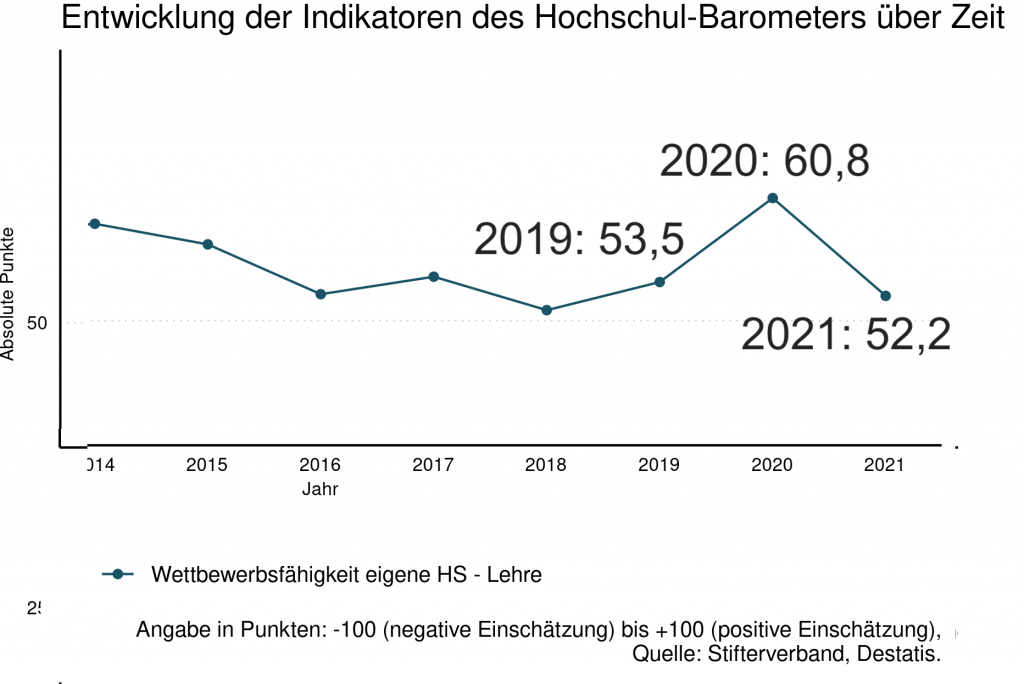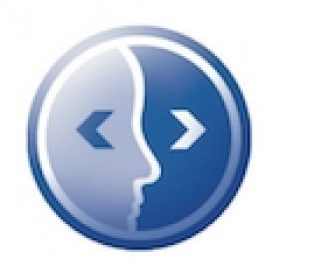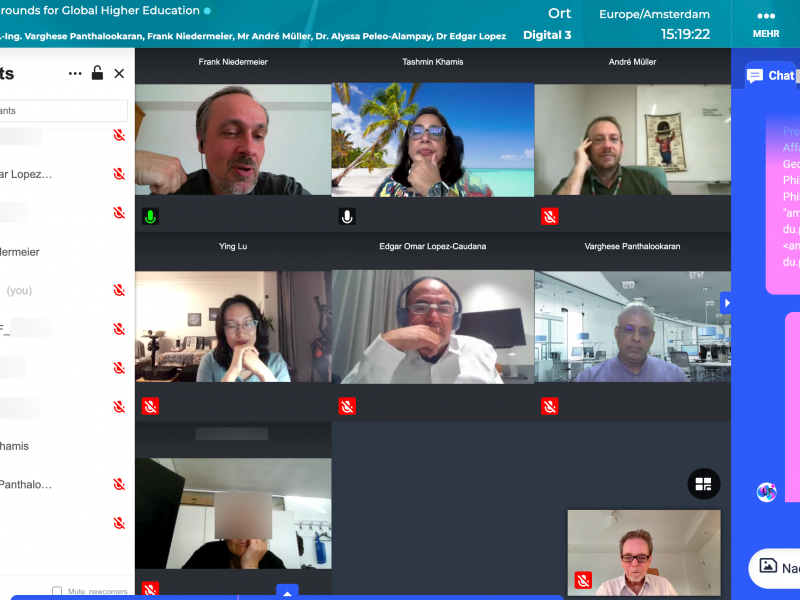The Stifterverband regularly surveys university administrations in Germany about their assessment of the general climate in their institutions. The publication a few days ago, which refers to the year 2021, shows an overall positive picture but also a clear kink in the assessment of one’s own teaching. The authors of the report suspect that it could be due to the switch to online teaching, but this does not seem very plausible in the overall picture.
The change caused by the pandemic […] does not seem to remain without consequences here.
University barometer 2022, p. 18
For the annual university barometer, university managers are asked to answer the question “How do you rate the national competitiveness of your university compared to other German universities in teaching?” on a five-point Likert scale from “good” to “bad”. evaluate. In the report volume, the proportion of answers that are “good” or “rather good” is shown as a percentage. This proportion develops positively from 2019 (82.3%) to 2020 (84.0%) to decrease to 73.8% for the 2021. This is even clearer at state universities, where the value drops from 78.0% in 2020 (2019: 80.6%) to just 63% for 2021. The authors of the report have suspicions that this – of course – must be due to the online teaching.
“The most striking thing is the assessment of teaching: Compared to the previous year, the value has fallen by more than 10 percentage points. […] The switch from face-to-face teaching to digital and now often hybrid teaching caused by the pandemic does not seem to remain without consequences here.”
Burk & Hetze (2022) University Barometer 2022, p. 18 (own translation)
However, the vague ‘does not seem to remain without consequences’ in the publication of the Stifterverband is too weak for the publication “Forschung & Lehre” (F&L) a well-known journal for science and teaching in the academic field. In their message on the website it says: “The organizers of the survey justify this with the change from analogue to digital and hybrid teaching.” (own translation)
In a Germany radio interview on 06.12. However, when asked by the moderator, the author Pascal Hetze from Stifterverband points out that in addition to the formats of teaching, various factors such as the number of lecturers and administrative structures are included in this self-assessment by the university management. He is unable to establish a connection with digital and hybrid teaching:
Pascal Hetze: “This year, on the other hand, we observed [a] relatively strong slump in the assessment of the competitiveness of our own teaching. So there may still be a few consequences of the pandemic situation and the switch from analogue teaching to digital teaching and now to hybrid teaching.” […]
DLF: “When you say that the universities say their competitiveness in teaching has collapsed. What do you mean by that exactly?”
Pascal Hetze: “We ask relatively generally how the universities rate the competitiveness of their own teaching, of course there is teaching capacity behind it, there are teaching formats behind it, the question of how far they can deal with digitization, whether they have enough teachers and other staff , which supports teaching in administration. So this is more of a somewhat global question. In some other surveys we also went into detail, but unfortunately not in this last survey on this topic.”
Deutschlandfunk: Campus & Karriere on Dec, 6th 2022 (own translation)
First of all, it can be stated that the survey results do not show that more university managements rate their teaching less well because “digital” (meaning “online”) or “hybrid” teaching was introduced. And this is not plausible over time either. The survey is carried out at the turn of the year, between December and February, so the assessments refer to the previous year – currently to the year 2021. In the first year of the pandemic, with nationwide lockdown and complete switch to online teaching, the assessment of the own teaching turned out to be more positive than in the “analogue” year 2019. In the state universities, a trend continued that had lasted since 2018 and that was obviously not broken despite the pandemic. This can be seen clearly in the development of the average values of the indicator, which can be called up on the data portal of the Stifterverband. If you look at this representation, you can also see that the overall decline is roughly at the level of the pre-Corona period.

Every third lecture will be digital in the future
University barometer 2021, p. 20
The following, also speculative, alternative interpretation could also be considered: Overall, the universities have invested more in the development of teaching in recent years. In the first year of the pandemic, there was a certain pride among the university management that they had managed the crisis situation quite well thanks to digitization, coupled with a certain astonishment at their own ability to adapt to the digital possibilities. This mood in 2020 can be seen in the 2021 university barometer. Here, the university administrations estimated that in the future more than every third consultation hour, lecture and further education events will take place in a “digital” (probably meaning “online” here too) format (page 20), so there was a positive assessment of the digital crisis management in 2020 and high expectations for the future use of the formats introduced. Against this background, the fall from the “peak of inflated expectations” of institutional competitiveness in teaching to a pre-corona level may be based more on a self-critical assessment of one’s own innovative strength than on the characteristics of digital teaching.




